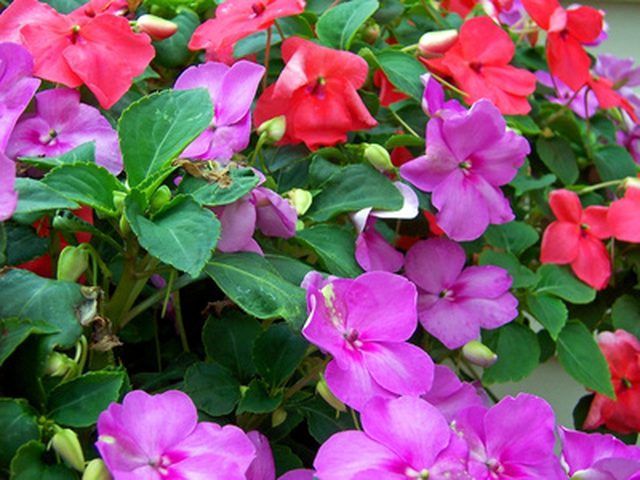Bulbs
Flower Basics
Flower Beds & Specialty Gardens
Flower Garden
Garden Furniture
Garden Gnomes
Garden Seeds
Garden Sheds
Garden Statues
Garden Tools & Supplies
Gardening Basics
Green & Organic
Groundcovers & Vines
Growing Annuals
Growing Basil
Growing Beans
Growing Berries
Growing Blueberries
Growing Cactus
Growing Corn
Growing Cotton
Growing Edibles
Growing Flowers
Growing Garlic
Growing Grapes
Growing Grass
Growing Herbs
Growing Jasmine
Growing Mint
Growing Mushrooms
Orchids
Growing Peanuts
Growing Perennials
Growing Plants
Growing Rosemary
Growing Roses
Growing Strawberries
Growing Sunflowers
Growing Thyme
Growing Tomatoes
Growing Tulips
Growing Vegetables
Herb Basics
Herb Garden
Indoor Growing
Landscaping Basics
Landscaping Patios
Landscaping Plants
Landscaping Shrubs
Landscaping Trees
Landscaping Walks & Pathways
Lawn Basics
Lawn Maintenance
Lawn Mowers
Lawn Ornaments
Lawn Planting
Lawn Tools
Outdoor Growing
Overall Landscape Planning
Pests, Weeds & Problems
Plant Basics
Rock Garden
Rose Garden
Shrubs
Soil
Specialty Gardens
Trees
Vegetable Garden
Yard Maintenance
Why Impatiens Don't Bloom
Why Impatiens Don't Bloom. Impatiens, according to Iowa State horticulturist Richard Jauron, are the most popular bedding plants in the United States. Jauron praises impatiens for beautiful flowers and long bloom periods. When impatiens do not bloom, the reasons may be location, water stress, disease or pests, and fertilizer problems.

Impatiens, according to Iowa State horticulturist Richard Jauron, are the most popular bedding plants in the United States. Jauron praises impatiens for beautiful flowers and long bloom periods. When impatiens do not bloom, the reasons may be location, water stress, disease or pests, and fertilizer problems.
Features
These annuals prefer partial-shade locations with filtered sunlight two to four hours a day. Direct sun or heavy shade inhibits blooming.
Considerations
Impatiens grow best in moist soils. They drop flower buds or do not bloom when water-stressed by too much or too little water. Water once a week in warm weather or when soil is dry.
Effects
Plant impatiens in moist, part-shade locations. These same conditions encourage bloom-inhibiting fungus disease usually treatable by common garden fungicides.
Expert Insight
Encourage impatiens blooms with regular fertilizer. Horticulturist Jauron suggests mixing slow-release fertilizer into the soil at planting time. Apply water-soluble fertilizer every two weeks during the growing season.
Solution
When impatiens languish with few or no blooms and lackluster foliage, cut back to healthy foliage, re-fertilize and water to stimulate new blooms.